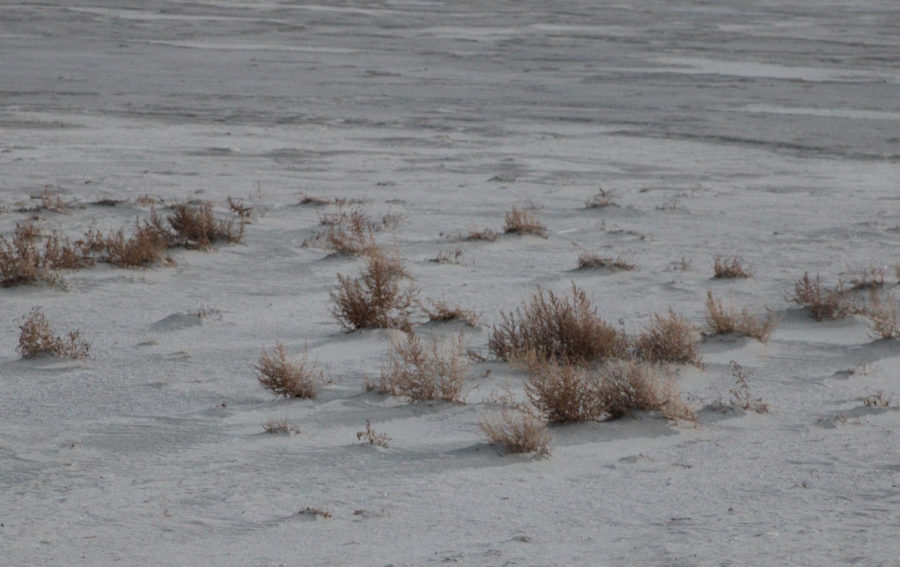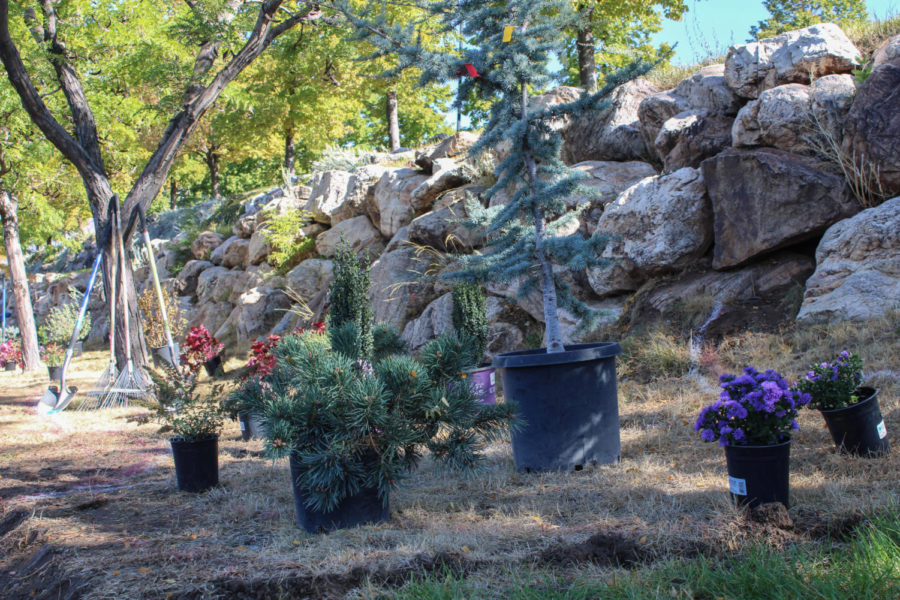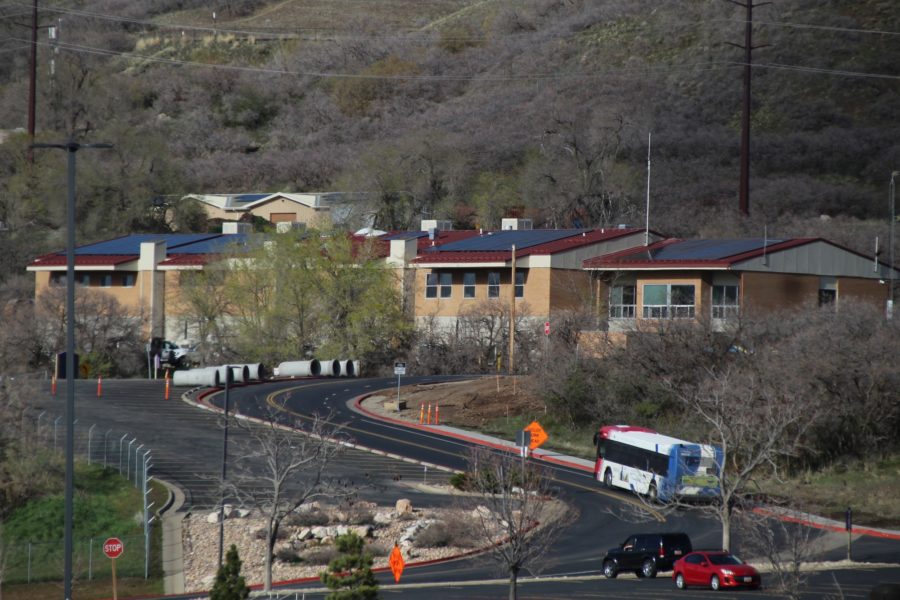
Jurassic World: Dinosaurs alive and on view for amusement, perfectly reconstructed ancient DNA and Chris Pratt as the Ceasar Milan of Velociraptors.
I can watch CGI dinosaurs eat irritating movie characters all day. Fantasy stories about real animals are great, especially when they start from a place of actual science.
T-Rex is the kind of apex predator we all love. Like orcas, great whites and tigers, they inspire awe and a wished-for kinship in us. They excite our imaginations. We want to see these things, see them in action, horrible as it may be to witness. That is what fantasy movies give to us.
But what fantasy can’t do is match the creativity of evolution. Tyrannosaurs walked this planet, and they were as varied and dynamic as those orcas and wolves and your cat, which is why one particular aspect of Jurassic World leaves me underwhelmed—modding the animals.

I get the symbolism. Even the marvelous becomes mundane to modern folks. But if you are like me, the idea of modding a T-Rex to make it cooler is sort of like painting flames on your Ferrari.
The Tyrannosaur was, first and foremost, a form of life. Like all the aforementioned animals, T-Rex has a lineage. It didn’t appear from nowhere, 50 feet long and salivating for Styracosaurus meat. It had an ancestor 45 feet long and slavering for Iguanodon meat, one 40 feet long that was hungry for Brachiosaur, and on and on until you get…where?
According to a recent article in Scientific American, in the last thirty years, paleontologists have discovered many ancestral members of the Tyrannosaur family, a specific lineage of theropod dinosaurs, which cover the ancient world and trace from the end of the Cretaceous back to the middle of the Jurassic.

It’s hard to fathom, but before these fossils were discovered, the Tyrannosaur lineage was largely unknown.
Now we have a better understanding as to what they were and how they evolved. Far from being solely cyclopean behemoths, Tyrannosaurs were varied and highly successful in many shapes and sizes.
If you want to see a modded Tyrannosaur, how about one that more closely resembles a Velociraptor in size?Try Dilong paradoxus or Qianzhousaurus sinensis (also known as Pinochio Rex) with its long, shallow jaws. Or Nanuqsaurus hoglundi which had a flat face and lived in the Antarctic.
Each of these Tyrants lived in a specific time and place, and each was very well adapted to that time and place. Each held a spot in a vibrant ecosystem, maybe as apex predators or as keystone species, perhaps, even, as scavengers.
Nature doesn’t mod without a reason. Tyrannosaur fossils almost certainly represent triumphant experiments by evolution, as does their prey. And like our modern predators, how, where and why they lived is just as important as how awesome they look snapping people in two.
Take a moment to set fantasy aside and reflect on the real animals that populated the earth and on the real world they inhabited. Maybe take a trip to see Weber’s own Allosaur fossils—another real predator that shaped its environment. Or the ancient, almost-mammalian Dimetrodon or the dolphinesque Icthyosaur. Consider that these fossils represent real moments in our planet’s complicated, fantastic—if not fantastical—biological history.
Consider our modern predators and how they are the result of and necessary for our planet’s ecology. Consider where you are in time and space relative to these animals and what type of ecology you want to have.
Real animals matter to a real ecology and modding these creatures just because we can causes far more dramatic problems than souped-up pseudo-Tyrannosaurs.













